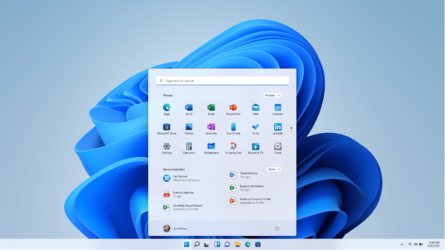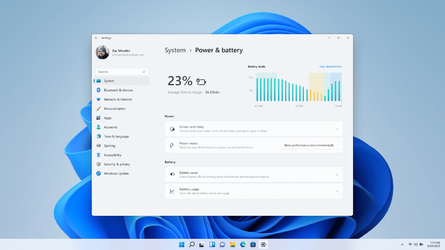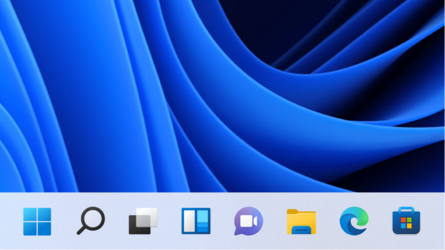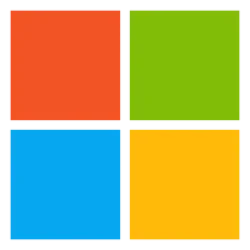So much hard work goes into making an operating system seem easy.
But that’s precisely the kind of challenge The Windows team loves. We’re a diverse group of product managers, designers, researchers, and engineers who set out to build the best Windows yet, even as we’re scattered all over the globe because of the pandemic.
“It's a lot of pressure to make a billion people happy,” jokes developer Jessica Douma.
In creating this bold, new operating system, the team tried a new approach. Before a line of code was ever keyed in, or a prototype designed, we turned to those aforementioned billion people worldwide who use Windows.
That’s what being customer-driven is. It all starts with research..
The team eagerly designed a co-creation study in which Windows users were given slips of paper to represent different operating system features and we asked to arrange them in a way that they felt worked best.
These “human-centered design practices,” make the product better, according to user researcher Jake Rhodes. “The broader the spectrum of people you bring into the discussion, the more you start to clear blind spots from your product design.”
While these humble paper components lacked technological flash, they provided a clear distillation of what people who use Windows wanted from their next OS. When the results came back, we were immediately excited. The research matched up perfectly with the feature redesigns we envisioned for Windows 11.
“I've never had so much confidence and feeling like we got it right,” says design lead Ryan Pendlay.
We let people decide, instead of telling them,’‘This is the direction we're going, and we hope you like it.
Here's what the study told us: people want Windows to connect them to what they care about most–whether it’s a document, an app, a website, or streaming content–and then get out of the way. The process should be so natural, intuitive, and quick that people barely notice.
With that idea as our guiding principle, we rethought and redesigned every feature. Clutter is gone, replaced by simplicity and discoverability. And like any Windows operating system, 11 takes a wrecking ball to barriers to productivity.
“The purpose of an operating system is not to exist by itself, it's to be that stage for the things you want to get done, says product manager Tom Alphin, “And if we can make it 10% or 20% simpler, that just frees someone using Windows to free their mind and focus on stuff that matters to them.”
All this radical simplicity begins, naturally, with Start, an iconic feature since Windows 95. In what might be our new operating system’s most notable change, Start is now anchored in the center, a move made for simplicity. It immediately resonates with people that are used to their smartphone experience and maintains a consistent look and feel across different form factors like tablets and second screens.
We've also rejuvenated Settings to keep pages from feeling overwhelming and make finding what you need easier than ever. The feature now has a consistent navigation system on the left-hand side of the window. The categories remain familiar but are now present on every single page in Settings. We’ve also improved the p age layout by introducing “progressive disclosure,” which allows advanced settings to remain hidden until you want to look at them.
“This lets people truly own Windows. We’re helping them find their Settings faster so they can personalize their devices to be their own,” says program manager May Chen.
Taskbar has also been redesigned for efficiency and usability. Informed by user feedback, we streamlined context menus to deliver a unified experience so that people can get where they need to go faster.
Right in the Taskbar, the Search experience has been refined to be a simple, elegant entry point. Inspired by the familiarity and usability of web searches, we’ve relocated the search pane to the top of the menu, allowing people to see an instant flow of results as they type.
“Search is a core part of Windows. We want people to search with delight, find what they need quickly and efficiently, so they can move on to their next task,” says product manager Lauren Edelmeier.
The lower-right hand corner of the system, Quick Settings, has undergone major refinements. With a smoother, calmer, rounder design, fewer things are competing for your attention.
“We took something good. And we made it better.”
We've designed every element of Windows 11 to look and feel calm, clean and personal. It wasn’t simply built for people who use Windows, in many ways it was built by people who use Windows. Their feedback guided our entire process. It’s why we’re super-excited to share it with the world.
“This has been a human-centered effort,” says researcher Jake Rhodes. “We’ve asked a lot of questions around ‘What do the users need?” And what you're seeing in this Windows release, is the realization of all our efforts to answer that question in very powerful way.”
Source: Windows Insider Program















